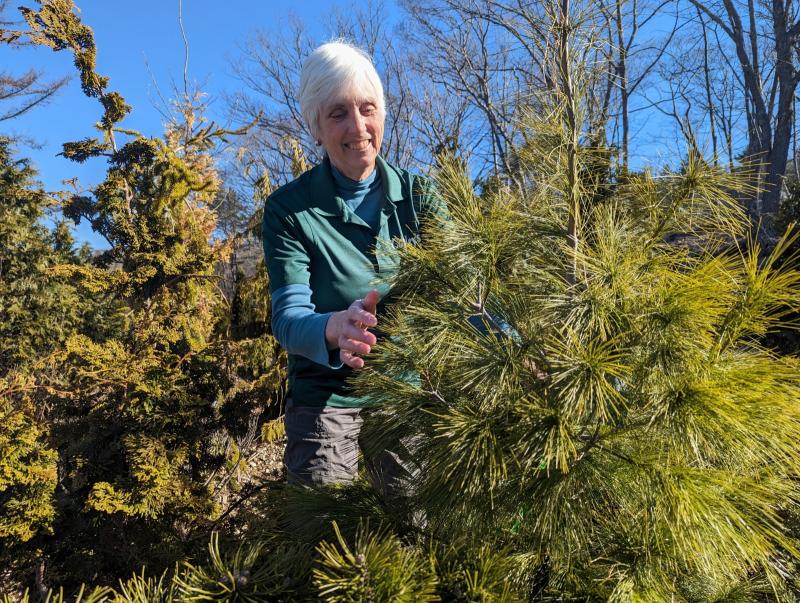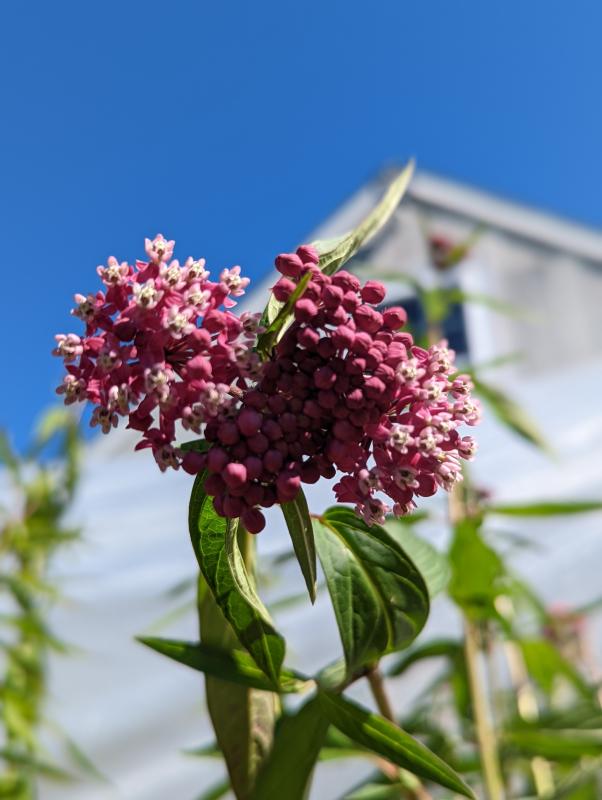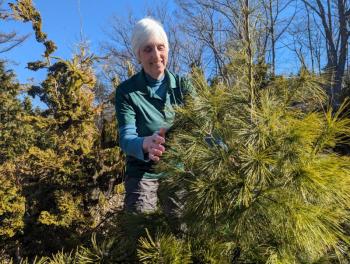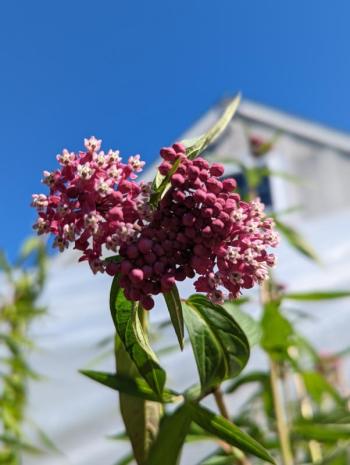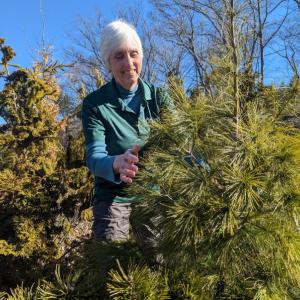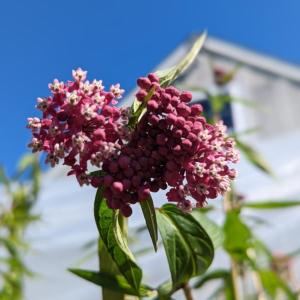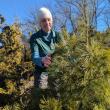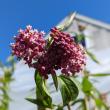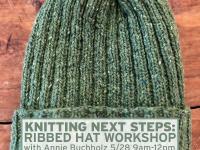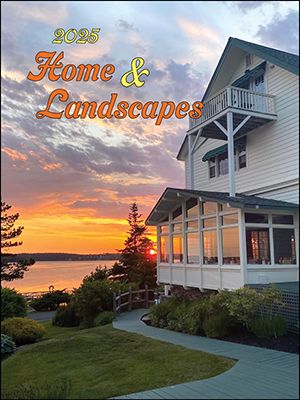Trends in Gardening 2023: Support the natural landscape
Scientists, conservationists, and gardening experts are encouraging us to treat our gardens, as part of the surrounding natural landscape. They want our gardens to nurture and sustain that landscape for the birds, insects, animals, worms, spiders, butterflies, bees, wasps, crustaceans, fish, fungi, moss, lichen (and more!) that also call this place ‘home’.
This trend includes small efforts to add native plants to our gardens or larger changes that replace highly landscaped and managed areas (such as a lawn) with a collection of native plants allowed to grow and change over time.
Whatever your gardening goals or philosophy, you can embrace this trend by adding native plants and a few gardening practices to provide more food and shelter for the critters that share your garden.
Here are a few simple practices you can adopt.
#1: Encourage ecologically beneficial plants.
This practice expands on the gardening wisdom of “right plant/right place”, introduced by Beth Chatto. Chatto encouraged gardeners to choose plants adapted to their garden site, giving the plants a good chance to survive and thrive. Now we can choose plants that are ‘right’ for the surrounding landscape; the native plants that are part of the landscape and have beneficial relationships with wildlife.
Have you noticed the Common Milkweed plants growing in flower beds at the Coastal Maine Botanical Gardens and other local gardens? Milkweed is being encouraged because it is the only plant that the Monarch butterfly caterpillars will eat. Its flowers are also loved by pollinators. By encouraging the beneficial milkweed, these gardens are making a beautiful contribution to the natural landscape.
It’s easy to find native plants to add to your gardens. Many nurseries, mail order catalogues and local non-profits offer them for sale.
Quote from Courtney Stover of Conley’s Nursery “More of our customers are asking for native plants and we have a lot of them coming in this season! There is a wide variety available including perennials, ferns, grasses, shrubs and trees that grow well in this area.
For example, there are 3 types of milk weed that love sun. Swamp Milkweed (Asclepias incarnata) likes damp or poorly drained soil, grows 3-4’ tall and has attractive flowers in either white or pink. Butterfly Weed (Asclepias tuberosa) likes dry, poor soil and is short and bushy (1-3’) with yellow or orange flowers. Common Milkweed (Asclepias syriaca) grown 3-4’ tall, likes dry or well-drained soil, and has pink flowers.
There are also native plants that thrive in shade, such as Black Cohash (Actaea recemosa) and Spotted Cranesbill (Geranium maculatm). There’s even a native iris – the Blue Flag (Iris versicolor) – that will grow in moist or average soils.”
Surely one of these plants will fit in your garden!
#2: Reduce ecologically damaging plants.
At the other end of the spectrum from these beneficial plants are those that damage our local ecosystem. These are called “Invasive” defined as “not from here”, “displaces other species”, “causes harm to the environment, human health or economic activities”. All three characteristics are needed for a plant to be considered invasive. By this definition, our native goldenrod, isn’t “invasive” since it is local and extremely beneficial. But other plants, like Goutweed and Burning Bush will spread beyond your garden displacing other, beneficial plants in the process.
As gardeners, we can do our part to stop the spread of these damaging plants by recognizing and removing them, and preventing their spread by replacing them with more native plants!
#3: Leave plant material in place
Reducing your work in the garden can also support the natural landscape. In fall, leave the leaves, stems and seed heads to provide winter food and shelter. In spring, delay mowing your lawn until Memorial Day, allowing the flowers of common weeds (dandelions, clover, violets) to feed the pollinators who emerge before the trees and flowers bloom. You can also leave dead trees standing to provide woodpecker nesting sites, and create brush piles as places for song birds to hide from predators.
Making these changes is simple, and they have immediate beneficial effects on sustaining the living landscape around our gardens – just tell yourself that a little bit of mess is part of your garden design!
#4: Don’t use chemicals to manage your garden until you’ve tried everything else.
Native plants should be able to thrive in their right place, and a healthy plant is the best defense again pests and disease. Reducing your use of chemicals minimizes the chance of harm to the beneficial plants and animals in the surrounding landscape. I’d hate to think that in my zeal to keep “bad” insects away from a plant, I have also killed the ones I wanted to attract.
We love our gardens and, with these simple changes, our gardens can also help to sustain the diverse and complex natural landscape around us.

